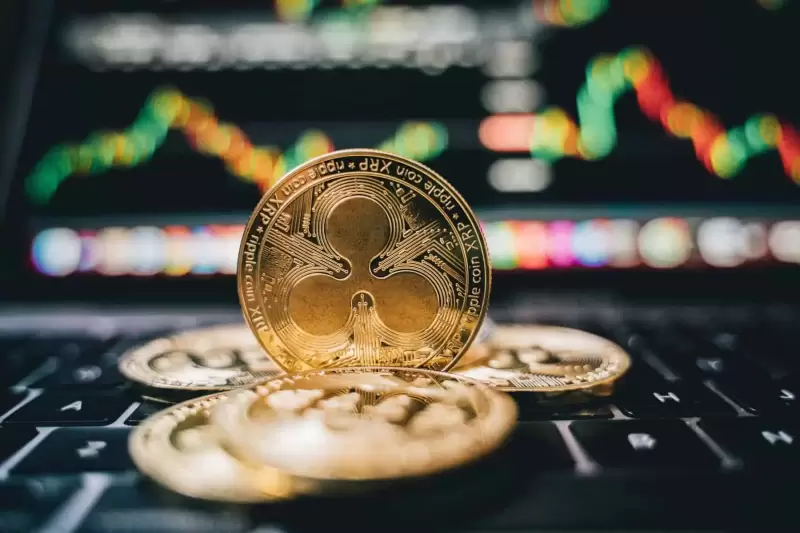 |
|
 |
|
 |
|
 |
|
 |
|
 |
|
 |
|
 |
|
 |
|
 |
|
 |
|
 |
|
 |
|
 |
|
 |
|
Research shows that social media can lead to anxiety and depression and can put you in the middle of a comparison cycle where you feel like everyone else has it better than you. So equating social media with letting our dogs sniff isn't entirely accurate.

If you’re a dog owner, you’ve probably gotten stuck on a walk much longer than anticipated because of your dog’s incessant sniffing.
While it may feel annoying in the moment, especially if you’re in a rush, research shows it’s important to let your dog sniff for their own well-being. People have even suggested that sniffing is essentially a dog’s form of social media — meaning it provides them with entertainment and enrichment.
Why is letting your dog sniff such a big deal? Is it really a social media equivalent? We asked veterinarians to break it down:
Social media has downsides, but letting your dog sniff does not.
Research shows that social media can lead to anxiety and depression and can put you in the middle of a comparison cycle where you feel like everyone else has it better than you. So equating social media with letting our dogs sniff isn’t entirely accurate.
“While social media scrolling has its known downsides and can be a mind-numbing activity for many people, sniffing is a beneficial sensory experience for dogs by providing them with mental stimulation,” Dr. Whitney Miller, the chief veterinarian at Petco, told HuffPost via email.
However, sniffing is similar to social media in that it’s how dogs get updated on their surroundings. It’s how they recognize other dogs, learn and make decisions, Dr. Danielle Bernal, the global veterinarian at Wellness Pet Company, told HuffPost via email.
Every time a dog sniffs, they take in data about their animal neighbors and their surroundings, she said.
Sniffing is a necessary part of a dog’s existence, while social media is not a necessary part of ours. But both are ways that we learn about the world around us.
Sniffing is good for your dog’s health.
“Sniffing has so many benefits for our dogs. Not only can it be a key method of communication to help them make sense of the world, but it doubles as a great form of mental enrichment to engage the body and mind, which is key to a dog’s overall well-being,” Bernal said.
While many dogs get stimulation from running around or playing with other pups, this isn’t always the case for dogs higher in age, making sniffing an even more important activity.
“For older dogs, especially, where physical activity may be reducing, taking a moment to stop and sniff delivers so much mental stimulation,” Bernal said, noting that sniffing can help older dogs stay healthy and active.
Specifically, sniffing can help your dog stay physical active “as it increases respiration rate and can stimulate hormonal and metabolic processes in the body,” Miller said.
Sniffing can even have benefits for a dog’s mental health. It can make them feel more optimistic and lower levels of the stress hormone cortisol, which can reduce anxiety, too, Bernal said.
Miller stressed the importance of sniffing on a dog’s well-being, saying, “Dogs may feel stressed when they are not allowed to stop and sniff while on a walk because sniffing is how they assess their surroundings.”
In fact, it’s part of their DNA.
Your dog’s desire to sniff can be traced back to their ancestors, who roamed the earth hundreds of thousands of years ago, according to Bernal.
“In North America, the most common canine ancestor was that of the gray wolf,” she said.
Gray wolves communicated through howling, body language and more, but their sense of smell was their most important tool.
“Today, that specialized and sensitive sense of smell is still dominant in our dogs,” Bernal said.
Humans largely depend on vision, but for dogs, smell is used to communicate and assess their surroundings.
Bernal explained that dogs have upward of 100 million sensory receptor sites in their noses, while humans have just 6 million. Plus, the part of our dog’s brain that analyzes odor is roughly 40 times larger than the comparable part in our human brain.
“It’s estimated that depending on the breed, a dog’s sense of smell is 10,000 [to] 100,000 times better than a human’s,” Bernal said.
There are several ways you can provide your dog the opportunity to sniff.
Although sniffing around your neighborhood is how dogs learn about their neighbors, sniffing inside your home is also beneficial to their health.
“While allowing your dog to get outside and sniff around is always a great option, there are some helpful at-home sniff toys and puzzles for rainy days when your dog may need extra stimulation,” Miller said.
You can let them sniff through snuffle mats and puzzle treat toys, or even hide treats around your home and challenge your dog to sniff them out. In other words, a rainy day doesn’t have to keep your pooch from sniffing.
Whatever you do, be sure to keep a watchful eye, especially when you’re outdoors.
Disclaimer:info@kdj.com
The information provided is not trading advice. kdj.com does not assume any responsibility for any investments made based on the information provided in this article. Cryptocurrencies are highly volatile and it is highly recommended that you invest with caution after thorough research!
If you believe that the content used on this website infringes your copyright, please contact us immediately (info@kdj.com) and we will delete it promptly.
-

-

-

-

-

-

-

- Ripple (XRP) Introduces Its RLUSD Stablecoin to the Stablecoin Market
- Apr 03, 2025 at 04:00 pm
- Ripple introduced its RLUSD stablecoin to the stablecoin market through its launch on Kraken cryptocurrency exchange. The USD-pegged stablecoin aims to boost its cross-border payment functions and integrate with the payment platform.
-

-

- Bitcoin (BTC) Price Consolidation May Be Precursor to a Market Drop, Analyst Says
- Apr 03, 2025 at 03:55 pm
- Bitcoin has seen a notable price consolidation over the past few weeks, trading between the $84,000 and $86,000 levels. Despite the initial surge in price, the cryptocurrency has faced a decline of 3.7% in the past week and nearly 10% in the past month, signaling a period of stagnation in its upward momentum.




























































